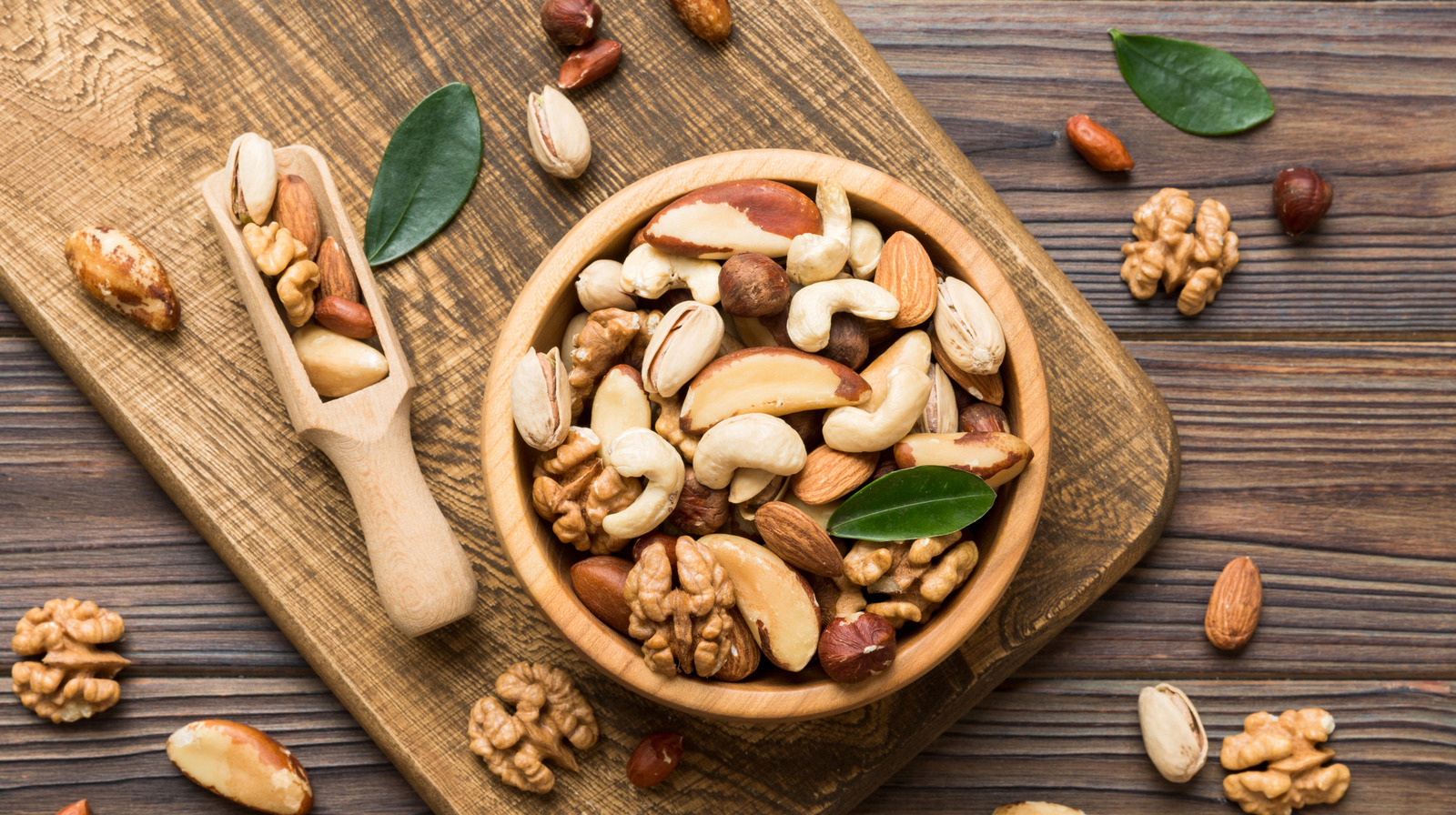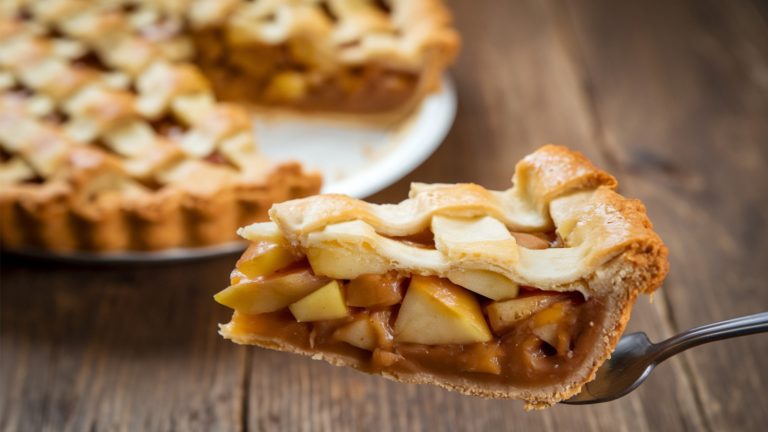One can argue that nuts are nature’s most perfect snack. They are loaded with protein, good fats, vitamins, and minerals, contributing to the development of stronger bones, lowering blood sugar levels, and reducing the risk of cancer and diabetes, among other benefits. Studies show that eating an ounce of nuts every day lowers the risk for cardiovascular disease, not to mention how delicious and versatile they are, either in myriad recipes or right out of your hand. If you buy nuts regularly, you may have noticed that mixed nuts are generally more expensive than a single type of nut, but have you ever wondered why?
“Think of mixed nuts like a VIP party — you’ve got the big names like buttery cashews, crunchy almonds, and maybe even a few diva pistachio and hazelnuts thrown in,” according to David Braverman, Flavor Innovator and Product Development from Nuts.com, who talked to Tasting Table about this very issue. “Each of those nuts has its own cost, its own seasonality, and its own quirks. When you put them all together in one bag, you’re not just buying ingredients — you’re buying a carefully curated blend that’s been selected, balanced, and packaged to give you the perfect handful every time. That attention to detail contributes to price, but trust me — it’s worth it.”
Although most of the exotic types of nuts are not found in a traditional mixed nut bag, some of the common ones still command a higher price because of the way in which they must be harvested. For instance, cashews are incredibly labor-intensive and sometimes downright dangerous to process when companies don’t follow ethical, fair trade guidelines and rules. Macadamias are also labor-intensive, and their price increases because the supply is lower than the high demand.
How creating mixed nut blends can be challenging
“Creating a great nut mix is part science, part craftsmanship,” says Braverman. “Each nut has its own ideal roast point—cashews need a gentle touch, while almonds can handle higher heat. That means we typically roast each variety individually before blending them, to preserve their best texture and flavor.” This meticulous, time-consuming process contributes to the higher cost of a mixed nut bag.
“Seasoning adds another layer of complexity: Some nuts readily absorb spices, while others resist them, requiring precise adjustments to get a balanced flavor across the whole mix,” Braverman continues. This was especially true as Nuts.com developed Pop & Sol, its new retail line of flavored nut mixes, now available at Target. “For Pop & Sol, our new retail line of bold snacks, we took seasonings to another level by developing bold, layered flavors that go beyond traditional. Our blends — like roasted elote, salt and vinegar, raspberry dust, and coconut flakes — are built through careful layering and testing,” he explains.
While there are different ways to flavor nuts, developing these unique snack flavors took time and effort. “It took rounds of experimentation to make sure every nut carried the flavor well, without overpowering or clashing. That’s where innovation meets obsession — and it’s why our snacks taste so different from anything else out there.” Next time you reach for that jar of mixed nuts, remember that the cost might be higher than when you buy individual nuts, but there is a reason behind that, which involves expertise and careful steps to ensure your complete satisfaction and enjoyment.






